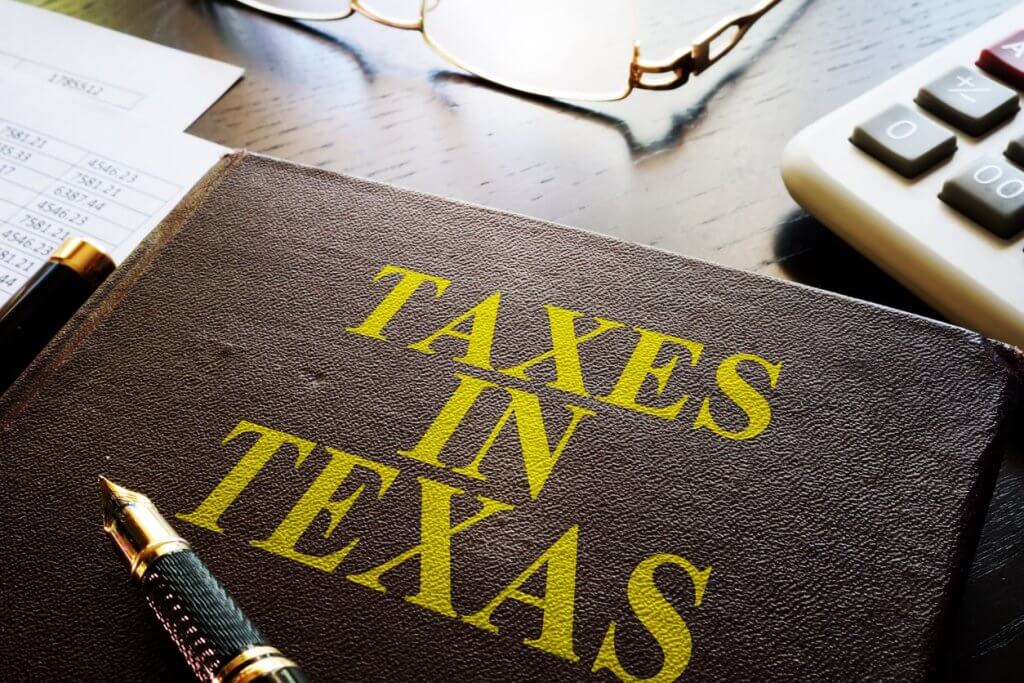How Data Centers Benefit Texas Communities
As artificial intelligence and cloud computing continue to shape the global economy, data centers are emerging not only as critical infrastructure for tech companies but as valuable assets for communities across Texas. These high-tech facilities are more than server hubs—they bring long-term benefits through job creation, local economic investment, and enhanced digital readiness.
Texas has quickly become one of the nation’s leading destinations for data center development, particularly in regions like Dallas-Fort Worth, now the second-largest data center market in North America.
Job Creation and Workforce Development
Data centers create jobs through both construction and ongoing operations. During development, these projects employ skilled tradespeople and often partner with small, local businesses.
Once operational, data centers support a range of well-paying jobs—from IT specialists to maintenance staff and security teams.
As of the second quarter of 2024, Texas directly employed approximately 47,856 individuals in data centers, accounting for 10% of the nation’s data center workforce. This marks a 38% increase in data center employment in Texas from 2018 to 2024.
Additionally, the indirect impact of data centers on employment is substantial; in 2023, data centers in Texas supported over 485,000 jobs and $35 billion in labor income, when considering both direct and indirect employment contributions.
These jobs often contribute to broader community growth by raising local incomes and driving demand for secondary services.
Workforce development also plays a key role. For example, Google has partnered with Workforce Solutions Greater Dallas on the STAR Fiber-Optics Project, a program designed to upskill underrepresented job seekers—including women, BIPOC individuals, and veterans—in the fiber-optics trade, thereby supporting a long-term pipeline of skilled workers. These initiatives complement broader Texas workforce development efforts.
Economic Investment and Local Revenue
The economic footprint of data centers can be substantial. A recent example is a $1 billion campus under construction in Red Oak, south of Dallas, led by Lincoln Property Company and other partners.
Beyond capital investment, data centers contribute significantly to local tax revenue. Real and personal property taxes on facilities and equipment provide funding for essential services like schools, emergency response, and infrastructure improvements.
For instance, Loudoun County, Virginia—home to one of the world’s largest data center clusters—generated over $600 million in tax revenue from its data centers in 2022. Texas communities are seeing similar fiscal benefits.
Infrastructure Upgrades and Site Transformation
Data centers often require improvements to roads, utilities, power systems, and fiber connectivity. These upgrades support not only the facilities themselves, but also benefit the surrounding area. For many communities, this becomes an opportunity to modernize and strengthen Texas infrastructure.
Developers frequently repurpose underutilized or abandoned sites, turning them into secure, technologically advanced facilities that enhance the visual and economic value of the location.
Fostering Innovation and Tech Clusters
The presence of a data center can attract other technology-driven companies, creating a local “halo effect.” Proximity to data infrastructure helps businesses reduce latency and improve application performance—key factors for sectors like e-commerce, finance, and AI.
This clustering can lead to the emergence of regional tech ecosystems. In DFW, for example, major players like Google are establishing a strong footprint, supporting the state’s goals to lead in artificial intelligence and information and computer technology.
Supporting AI and Responsible Growth
With AI applications requiring massive data processing, data centers are fundamental to their deployment. A recent executive order from the White House recognized data centers as essential to U.S. AI development and called for strategic investment in their growth.
Texas is uniquely positioned to support this trajectory, thanks to its energy diversity, business-friendly environment, and history of supporting innovation.
Balancing Benefits with Sustainability
As data centers expand across Texas, their substantial energy and water usage have sparked growing attention from environmental advocates and communities concerned about the stability of the state’s power grid. Facilities like Edged Dallas are responding to these concerns with advanced efficiency strategies, including waterless cooling systems and dedicated sourcing of renewable energy.
This industry-wide push toward sustainability goes hand-in-hand with broader efforts to strengthen Texas’ grid resilience:
- Senate Bill 3 mandates the weatherization of electricity and gas infrastructure.
- The Texas Electric Supply Chain Security and Mapping Committee continually works to improve the state’s energy infrastructure and emergency response capabilities.
- The $5 billion Texas Energy Fund supports new power generation projects and infrastructure investments.
Additionally, innovative energy users like cryptocurrency miners are being leveraged as part of the solution. These operations can return power to the grid during peak demand, effectively acting as flexible, on-demand energy reserves. This capability helps avoid activating inefficient backup plants and supports grid stability during critical moments.
Altogether, these forward-thinking measures reflect a shared commitment to not only keep Texas business-friendly and energy-strong, but align its rapid digital and industrial growth with long-term sustainability and resilience goals.
Data Centers Help Grow Local Texas Economies
Data centers may not generate the same footprint as factories or retail centers, but their impact can be just as significant. They create high-quality jobs, strengthen local economies, modernize infrastructure, and lay the foundation for Texas innovation and future-facing industries like AI and cloud computing.
As communities across the state look to build resilient, future-ready economies, data centers represent a meaningful and scalable opportunity. Their benefits—while sometimes less immediately visible—are lasting, and they continue to help power progress across Texas.



